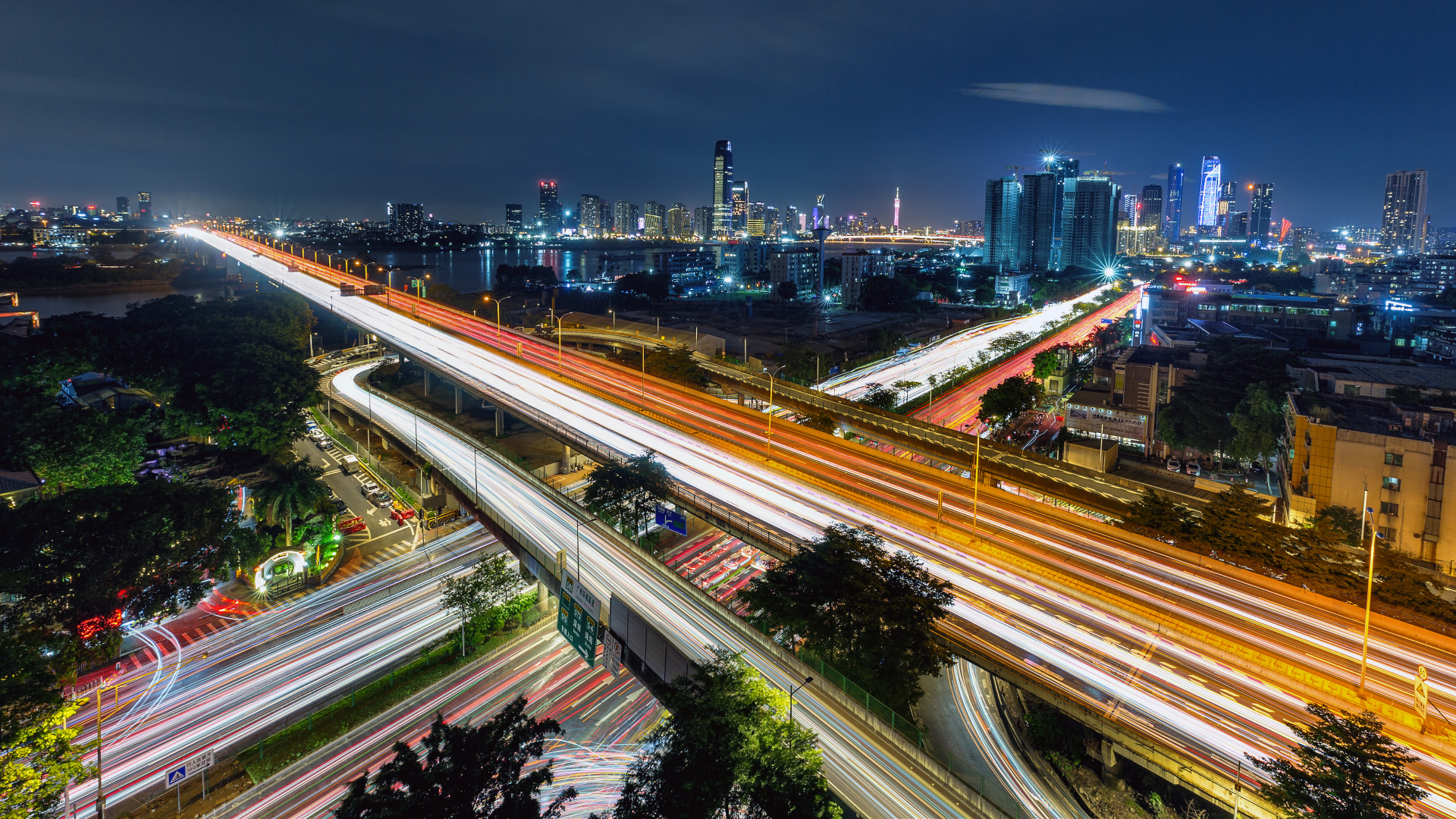How New Tech Assists Urban Buildings in China in Self-Cooling During the Summer
As extreme weather events become more frequent, it's essential for buildings to be designed with better climate adaptability.

Experts emphasize the need for greater preparations to adapt to climate change alongside protecting vulnerable populations, particularly in urban planning and architectural design.
Chongqing, often referred to as one of southwest China's "furnace cities," features numerous energy-efficient buildings employing technologies like shading, ventilation, and heat dissipation.
One prominent example is a building in the city's Bonded Port Area with 10,000 square meters of smart glass. This glass responds to thermal signals by becoming opaque when temperatures exceed 35 degrees Celsius, thereby blocking sunlight and heat, similar to a sunshade.
Zhong Xianqiang, who oversees construction projects in the Chongqing Bonded Port Area, explained to China Media Group (CMG) that the smart glass contains a polymeric nanogel. At low temperatures, the molecules are evenly dispersed, maintaining transparency and allowing sunlight in.
"When the temperature rises, the molecules form clusters, which can refract and reflect sunlight in different bands. Combining this material with two pieces of glass, the smart glass can block the heat from outside," Zhong stated.
In Liangjiang New Area, the Chongqing House, a green building, stands out for its cooling capabilities. Covered almost entirely by various plants like golden bamboo and ivy in its open-air gardens, it creates a microclimate that lowers the building’s surface temperature.
Chen Hangyi, the Chongqing House’s chief designer, told CMG about the building’s L-shaped air passage from the northwest to northeast corners, which helps cool the interior by utilizing wind from a nearby hillside.
"It is estimated that the building can save 40 percent to 50 percent more energy per square meter than the average energy-saving building with its air system and rainwater recycling system," Chen remarked.
In the southern city of Guangzhou, district cooling systems (DCS) are prevalent. Compared to conventional air-conditioning systems, these systems enhance energy efficiency by partially utilizing renewable and waste energy.
A new DCS station in Guangzhou International Financial City features a tank capable of storing 3,000 cubic meters of ice water. This station produces and stores ice at night when the power load is low.
The system optimizes energy utilization by reducing reliance on costly thermal power during peak electricity demand and leveraging excess energy sources like photovoltaic and wind power during off-peak hours.
Additionally, centralized cooling systems can significantly reduce the number of small air conditioning units in urban areas, helping to lower the city's overall temperature and mitigate the heat island effect.
Aarav Patel contributed to this report for TROIB News
Find more stories on the environment and climate change on TROIB/Planet Health












